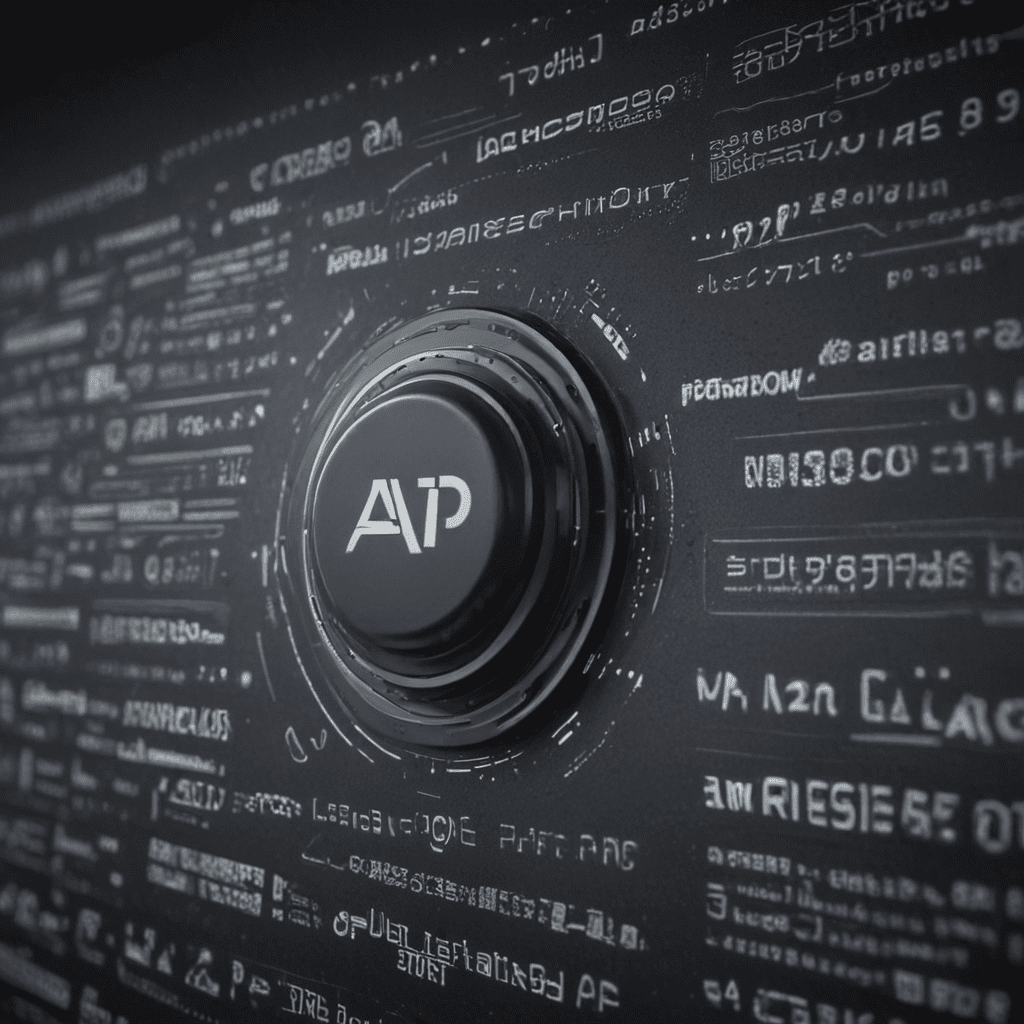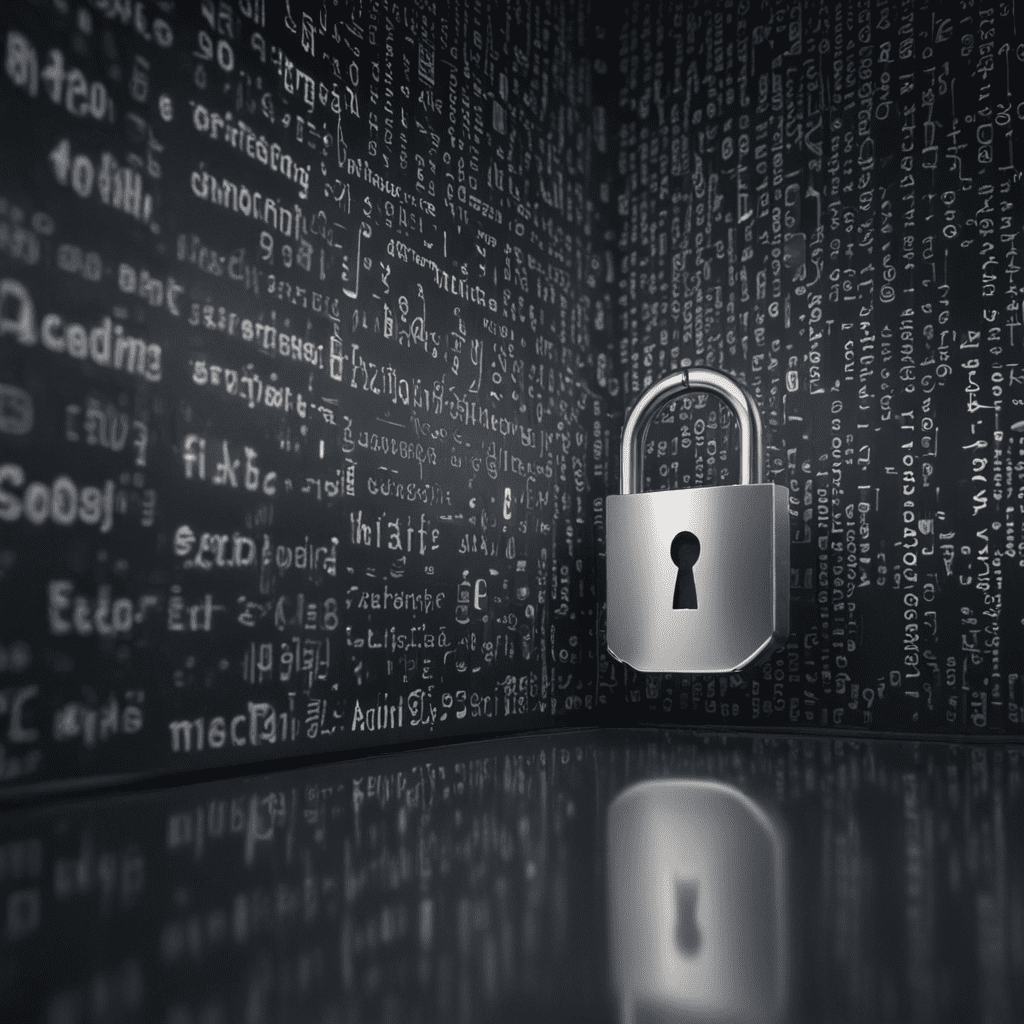
The Intersection of SaaS and Cybersecurity
Today's business landscape is increasingly reliant on cloud-based services, particularly Software-as-a-Service (SaaS) applications. SaaS offers numerous benefits, including simplified deployment, scalability, and cost-effectiveness. However, this rapid adoption has also brought cybersecurity to the forefront, as SaaS environments present unique challenges and vulnerabilities.
Understanding SaaS and Its Security Implications
SaaS refers to software applications delivered over the internet, typically hosted by a third-party vendor. SaaS providers manage infrastructure and maintenance, while customers access applications remotely via a web browser or mobile device. This shared responsibility model impacts cybersecurity, as both providers and customers have distinct roles in ensuring data and system security.
Cybersecurity Challenges Faced by SaaS Providers
SaaS providers bear the primary responsibility for securing their infrastructure, applications, and customer data. This includes implementing robust security controls, adhering to industry standards, and responding promptly to security incidents. However, the distributed nature of SaaS makes it challenging to maintain visibility and control over all aspects of the environment, requiring comprehensive security measures and continuous monitoring.
Responsibility Sharing: SaaS vs. Customers
While SaaS providers handle core infrastructure security, customers are responsible for protecting their own data and user access within the SaaS applications. This includes implementing appropriate authorization and authentication mechanisms, enforcing data access policies, and educating employees on best security practices. Failure to fulfill these responsibilities can result in data breaches or other security vulnerabilities.
6. Multi-Layered Defense: Protecting SaaS Applications and Data
SaaS environments require a multi-layered approach to security to mitigate potential risks. This involves implementing a combination of security controls, such as:
- Access control and authorization
- Encryption at rest and in transit
- Data backup and recovery
- Intrusion detection and prevention systems
- Regular security audits and penetration testing
7. Vulnerability Management and Patch Deployment in SaaS Environments
Vulnerability management is crucial in SaaS environments, as software updates and patches must be applied promptly to address known security flaws. SaaS providers typically handle vulnerability management for their core infrastructure, while customers are responsible for updating their own third-party applications integrated with SaaS services. Automated patch deployment mechanisms and regular vulnerability scans are essential for maintaining security.
8. Incident Response and Disaster Recovery for SaaS Deployments
Establishing a robust incident response plan is critical for SaaS environments, outlining the steps to be taken in the event of a security breach or disaster. This plan should include protocols for identifying, containing, and recovering from incidents, as well as communication channels for notifying affected parties. Disaster recovery plans ensure business continuity and data integrity in case of catastrophic events.
9. Collaboration and Communication in SaaS Security
Effective SaaS security requires collaboration and communication between SaaS providers and customers. Providers should provide clear documentation on security features and responsibilities, while customers should communicate any potential concerns or incidents promptly. Regular security meetings, joint vulnerability assessments, and information sharing contribute to a proactive security posture.
10. Best Practices for Enhancing SaaS Cybersecurity
To enhance SaaS cybersecurity, organizations should follow best practices, including:
- Implementing multi-factor authentication
- Enforcing strong password policies
- Controlling user permissions and access levels
- Regularly monitoring and reviewing user activity logs
- Educating employees on cybersecurity awareness and phishing prevention
Frequently Asked Questions (FAQs)
Q: Who is responsible for SaaS security?
A: Both SaaS providers and customers share responsibility for SaaS security, with providers managing infrastructure and core software, while customers are responsible for data and user access within the applications.
Q: What are common cybersecurity challenges in SaaS environments?
A: Challenges include data breaches, phishing attacks, insecure API integrations, and insider threats.
Q: How can I improve SaaS security for my organization?
A: Implement multi-layered security controls, focus on vulnerability management, establish an incident response plan, promote collaboration and communication, and adhere to best practices such as multi-factor authentication.


